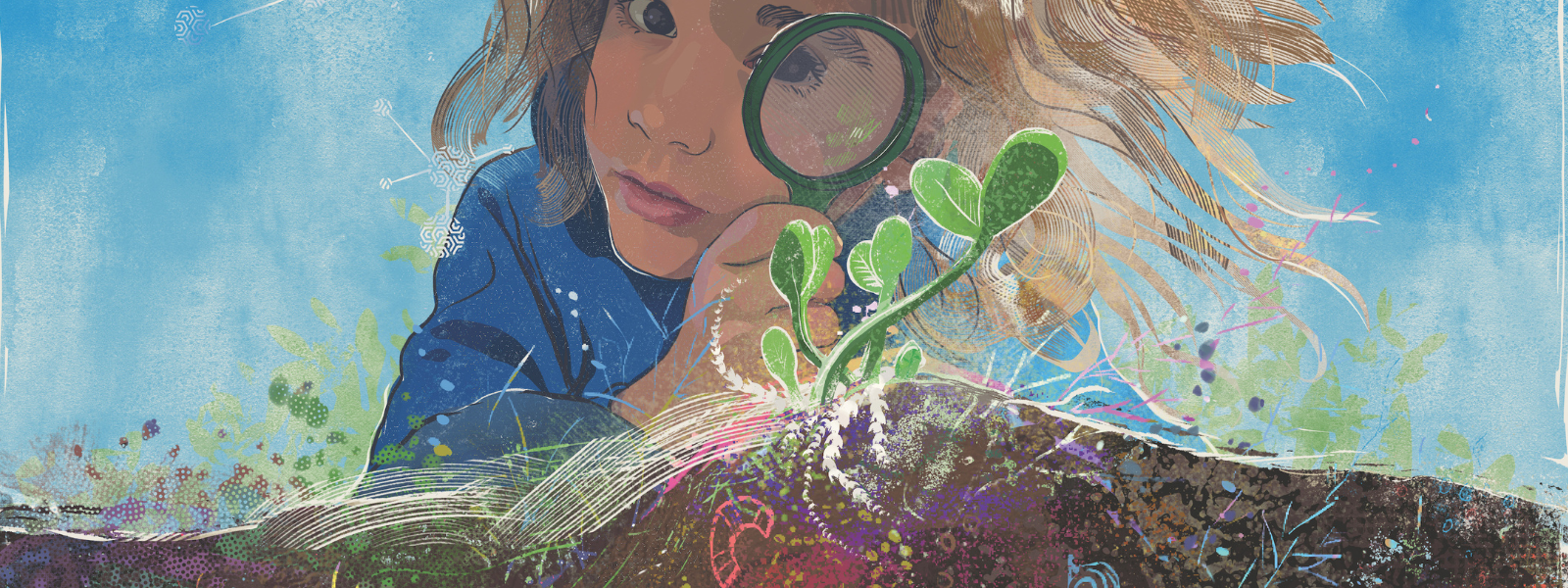
Tips
You searched for pests and found 29 tips.
- Geotextiles: Row Cover or Reemay Cloth – In the Northeast, row cover is a farmer’s best friend. Read more to find out how you can benefit from using this geotextile in your home garden. Read more →
- Geotextiles: Silver Plastic – Aluminum reflective mulch has similar uses to black plastic mulch, however it posses some unique properties. Read more →
- Geotextiles: Typar Field Blankets – Typar is a garden cover that is thicker than row cover. Read more →
- How to Prune Tomatoes – There is no doubt that heavy pruning of tomato plants can greatly increase production. Follow these pruning instructions to get the most out of your tomatoes this summer! Read more →
- Nematodes 101 – Nematodes are microscopic, worm-like organisms that live in the soil. A single handful of garden soil can contain thousands. While some nematodes can cause harm to plants, others can help your garden thrive. Read more →
- Pest: Aphid – Aphids are a common tiny pear-shaped, soft-bodied insect up to 1/8” long. They are usually found in masses feeding on flowers and crops. Read more →
- Pest: Cabbage Worm – Cabbage worms are very common on cabbage plants and their relatives. Often times you spot their damage before their camouflaged bodies. Read more →
- Pest: Cucumber Beetles – Cucumber beetles are a small, yellow, oval beetle, smaller and more oval than a potato beetle. There are two types: the spotted cucumber is yellow with black stripes; the spotted cucumber beetle is yellow with black spots. Read more →
- Pest: Earwigs – Wet weather bring masses of earwigs which wreak havoc on your plants close to the ground, especially those that have hollow stem or are very moist like lettuce, cabbage, and many other greens. Read more →
- Pest: Flea Beetles – Flea Beetles are tiny little shiny, black beetle that hop away when you approach plants. Read more →
